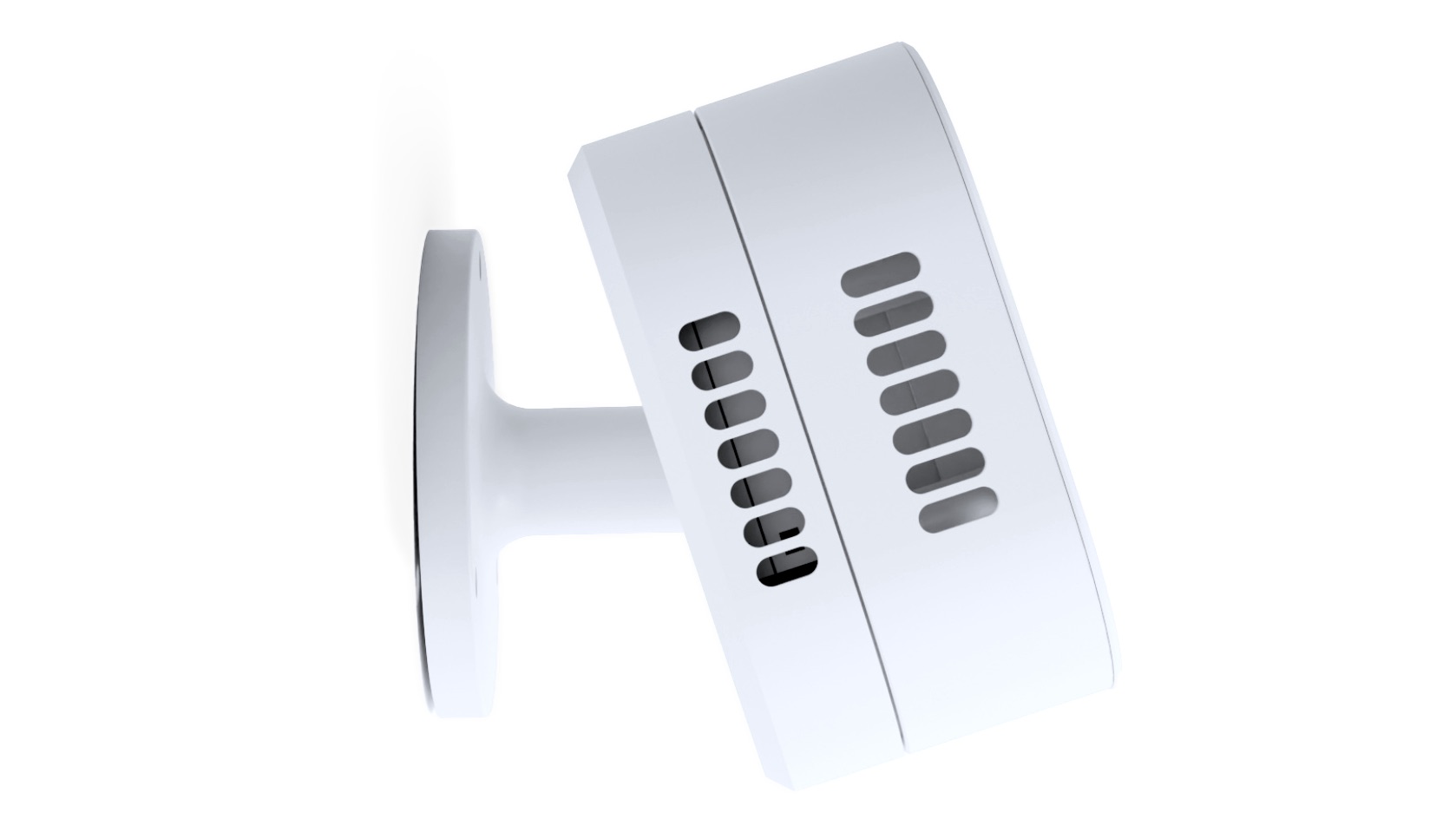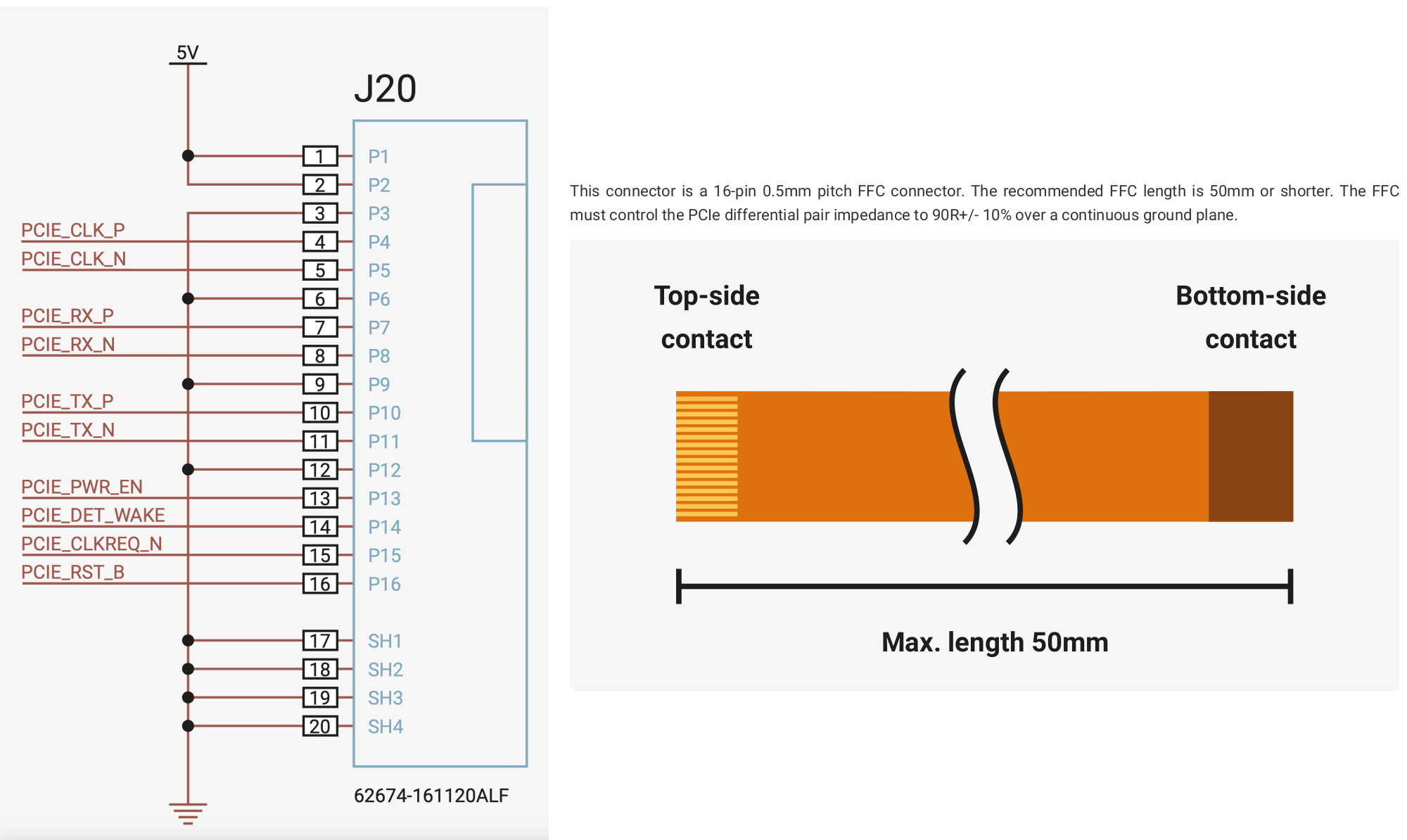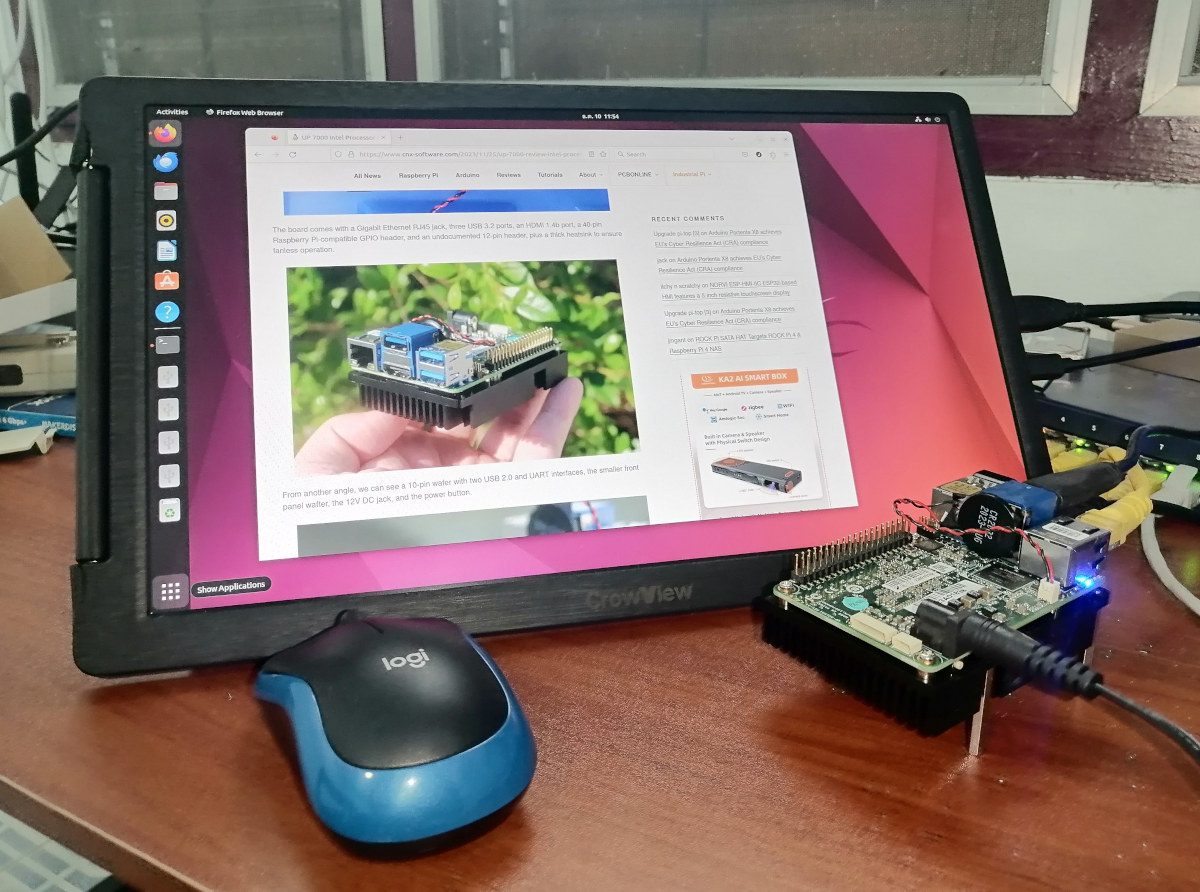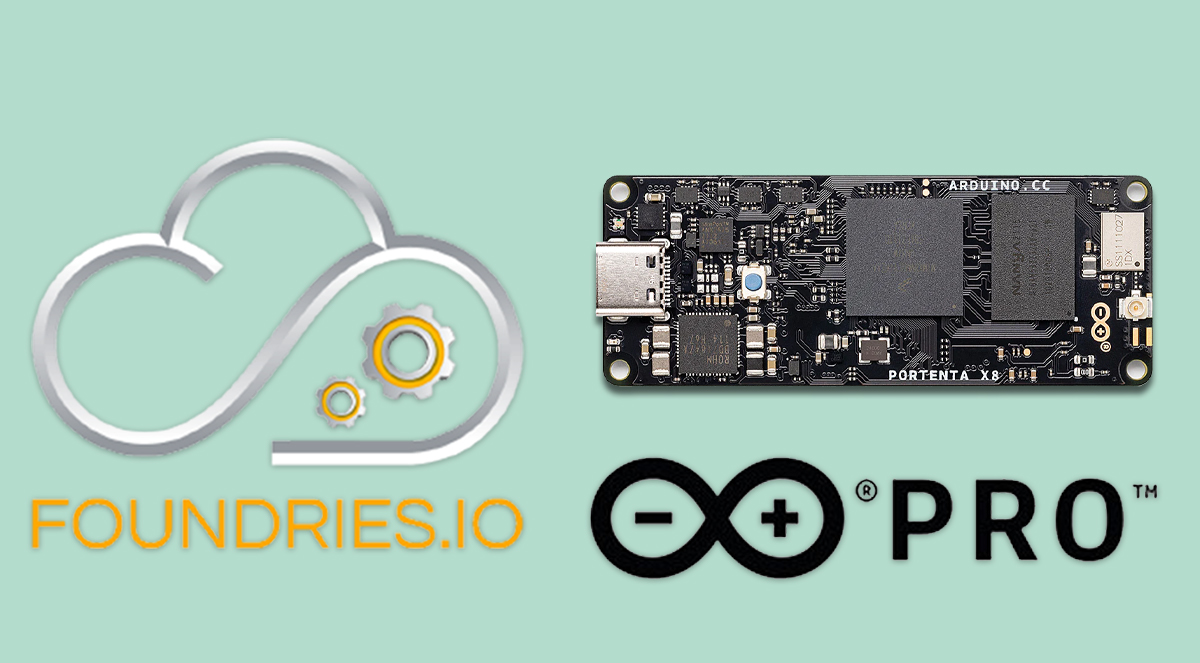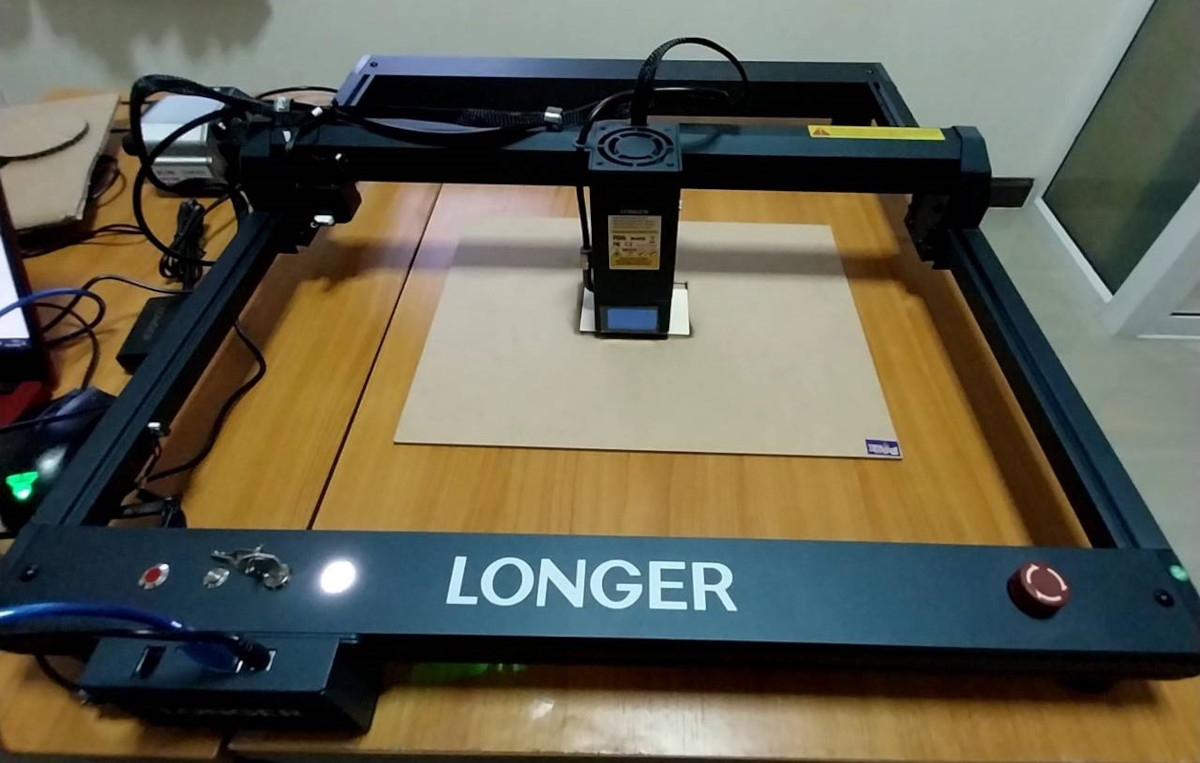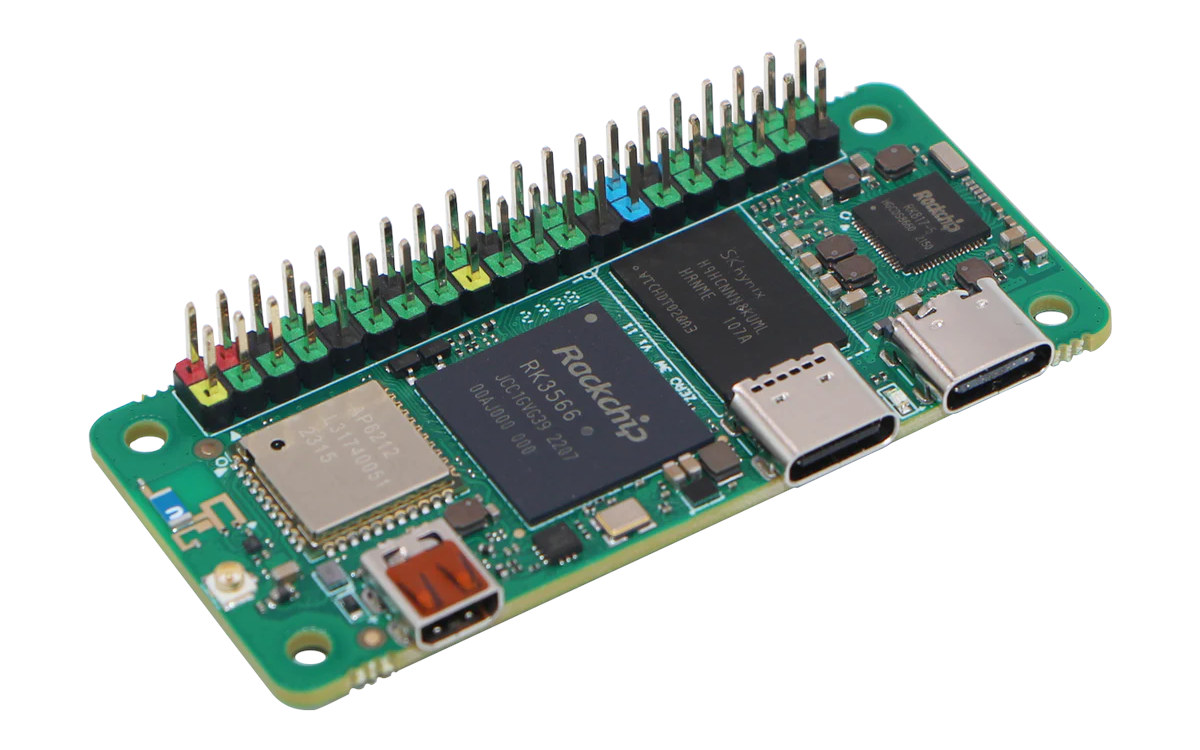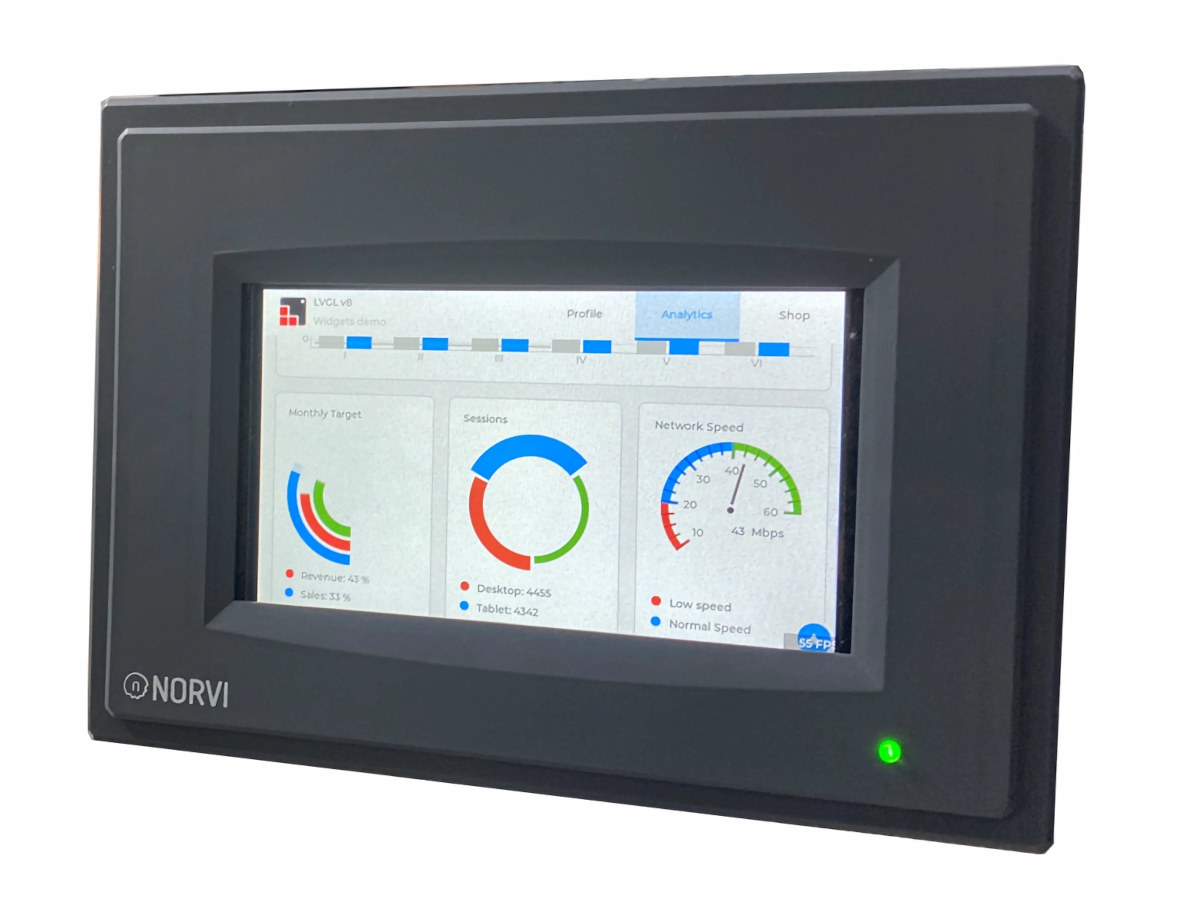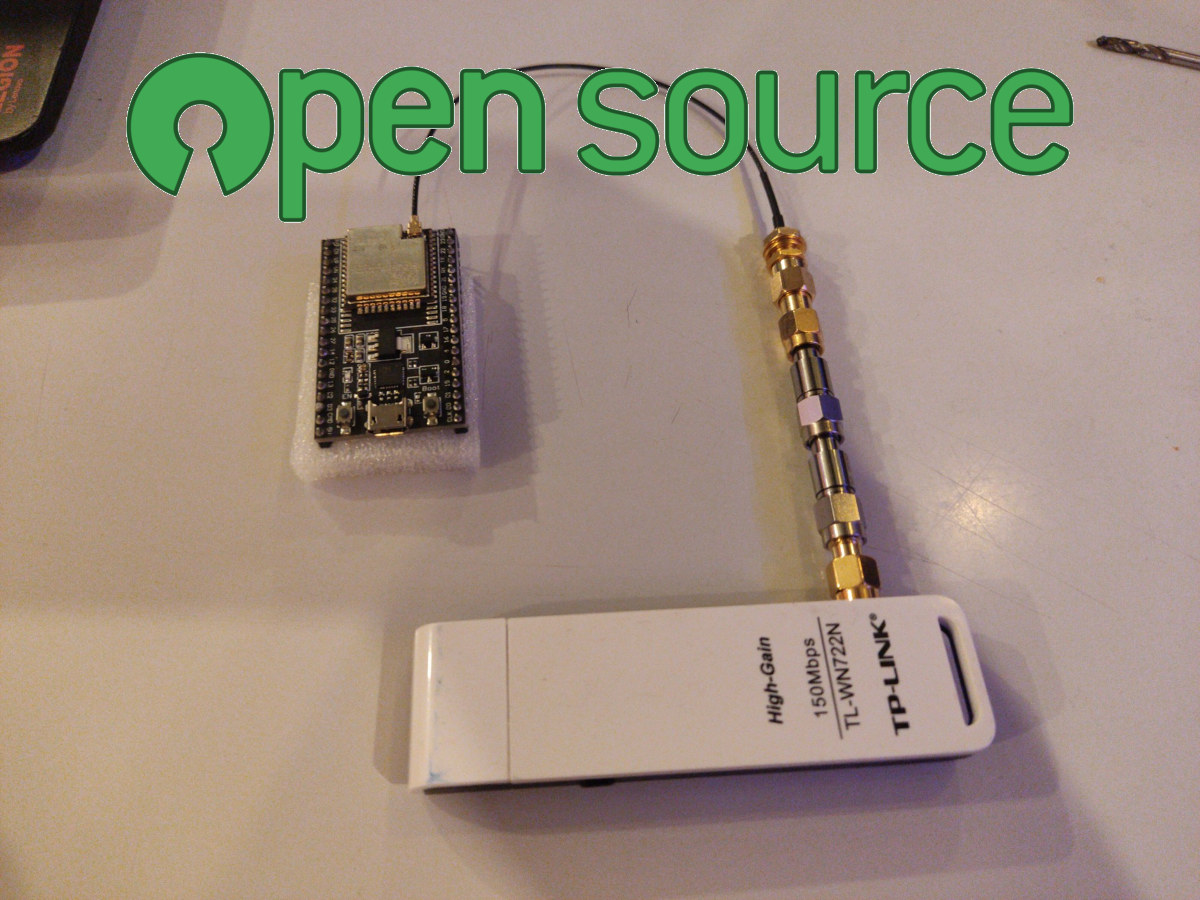RoomSense IQ is a modular room monitor for presence-based home automation based on the ESP32-S3 module with Bluetooth Wi-Fi connectivity. It uses physical presence detection to automate your smart home devices. It comes with multiple sensors that can be used to detect human activity and track ambient light, temperature, and humidity levels. It uses mmWave radar technology to determine when rooms are empty and when they are occupied. It also features built-in temperature, humidity, and light sensors for indoor climate monitoring and control. Rather than relying on schedules, or voice detection, RoomSense IQ triggers automations or alerts based on whether people are in a room or not. It is therefore possible to set it to automatically turn off lights or air conditioning in rooms that are empty to save on energy. In addition, the device offers distance to target measurement that can be adjusted to trigger certain actions. RoomSense IQ […]
Raspberry Pi releases PCIe FFC connector specifications, new HAT+ standard
Raspberry Pi has released two new specifications one for the PCIe FFC connector and related cable and the other for the new Raspberry Pi HAT+ (HAT Plus) standard that’s simpler, takes into account new features in Raspberry Pi 4/5, and has fewer rules around mechanical dimensions. PCIe FFC connector specifications The Raspberry Pi 5 was announced over 2 months ago with a new PCIe FFC connector, and people may been playing around with it and even launching products such as an M.2 HAT for the Raspberry Pi 5 since then even though the pinout and specifications were not available. But Raspberry Pi has now released the specifications (PDF) for the PCIe FFC found in the Raspberry Pi 5 and likely future models as well. The 16-pin 0.5mm pitch FFC connector features a single lane PCIe interface, something we knew already, but the pinout diagram and recommendations for the FFC cable […]
UP 7000 SBC review – Part 2: Ubuntu 22.04 on a fanless Intel N100 single board computer
The UP 7000 is a credit card-sized Alder Lake-N single board computer that can be used as an alternative to the Raspberry Pi 5 for industrial applications. AAEON sent me a model with an Intel Processor N100 CPU, 8GB LPDDR5, and a 64GB eMMC flash, and I went through an unboxing in the first part of the review, compared its mechanical design to the earlier UP 4000 and Raspberry Pi 5 SBC , and also installed Ubuntu 22.04 since the UP 7000 board did not come with any OS and would initially boot to the UEFI shell. I’ve now spent more time with the board and I will report my experience with the UP 7000 SBC running Ubuntu 22.04 in this article checking out features, performance, video playback, power consumption, and so on using the UP 4000 review with Ubuntu 22.04 I did last year as a template plus some […]
Arduino Portenta X8 achieves EU’s Cyber Resilience Act (CRA) compliance
Foundries.io, in collaboration with Arduino, has integrated its security software into the Portenta X8, making it the first system-on-module (SoM) to achieve CRA Compliance with the European Union’s Cyber Resilience Act (CRA). Last year, we covered the Portenta X8, Arduino’s first board with an Arm processor running Linux with expansion capabilities with add-ons such as the Portenta HAT Carrier Board, and you’ll find more details about the hardware in those posts. This new EU’s CRA specifies minimum security for all IoT devices in Europe from 2025. This includes: Establish standards for secure products with digital elements throughout the EU. Require manufacturers to focus on security at every stage of a product’s life. Increase user awareness of a product’s cybersecurity features. Demand that Original Equipment Manufacturers (OEMs) quickly address vulnerabilities in devices already in use. All these rules will be applicable for the full lifespan of the devices. Under the upcoming […]
LONGER Laser B1 30W review – A 33-36W laser engraver tested with LightBurn
Today we will review the LONGER Laser B1 30W laser engraver with the LightBurn program. The machine is equipped with a laser module comprised of six 6W laser diodes for a total power of 33 – 36 W when accounting for some variation in the power delivered by each diode. The Laser B1 can cut through 20 mm thick wood and 10 mm thick black acrylic in just one cut, and with multiple passes, it can also handle up to 25mm thick wood 50mm thick black acrylic, and even 0.1mm thick stainless steel. The kit comes with an air pump to improve the cutting ability and prevent/limit burns around the engraving or cutting area, and has a working area of 450 x 440 mm. Laser B1 30W specifications Laser Technology – Diode Laser Technology Work area – 450x440mm (17.72×17.32-inch) Laser wavelength – 50nm Focal length – Fixed Focus-50mm Laser spot […]
Radxa Zero 3W SBC – Rockchip RK3566 SoC, 8GB RAM, WiFi 6 in Raspberry Pi Zero 2 W form factor
More Raspberry Pi Zero 2 W lookalikes are coming to market, as after the Allwinner H618-based Orange Pi Zero 2W, the Radxa Zero 3W has now been introduced with a 1.6 GHz Rockchip RK3566 processor and up to 8GB RAM, plus WiFi 6 and Bluetooth 5.4 connectivity, which makes it one of the most powerful Arm Linux SBCs in the compact Raspberry Pi Zero form factor. The board also comes with an optional eMMC flash with up to 64GB capacity, a microSD card, a micro HDMI port, two USB Type-C ports, a MIPI CSI camera connector, and of course, the usual 40-pin Raspberry Pi GPIO header. Radxa Zero 3W specifications: SoC – Rockchip RK3566 CPU – Quad-core Arm Cortex-A55 processor @ 1.6 GHz (Note the RK3566 is usually clocked at up to 1.8 GHz but may have been underclocked here due to heat issues at the higher frequency as the […]
NORVI ESP-HMI-5C ESP32-based HMI features a 5-inch resistive touchscreen display
NORVI ESP32-based human-machine interface (HMI) solution features a 5-inch LCD with a resistive touchscreen driven by an ESP32-S3 wireless module and support for the LVGL library. NORVI previously brought us some headless ENET industrial controllers including some with Ethernet beside the WiFi connectivity built into the ESP32 microcontroller, but the NORVI HMI device is the first product from the company with a proper display suitable for HMI applications. NORVI HMI (ESP-HMI-5C) specifications: Wireless module ESP32-S3-WROOM32-1-N16R8 MCU – ESP32-S3 dual-core LX7 microprocessor @ up to 240 MHz with Vector extension for machine learning, 512 KB SRAM Memory – 8MB octal SPI PSRAM Storage – 16MB flash Connectivity – WiFi 4 and Bluetooth 5 with LE/Mesh PCB antenna Storage – MicroSD card slot (SPI interface) Display – 5-inch LCD Display with Resistive Touch Audio – Built-in Buzzer Communication interfaces – Ethernet (W5500) and RS485 I/Os 4x digital inputs – Range 18V to 32V […]
ESP32 may soon get an open-source WiFi MAC layer
Most, if not all, WiFi hardware relies on closed-source binary blobs including ESP32 wireless MCU, but there’s now work underway to reverse engineer a WiFi MAC layer for the ESP32 to make it a truly open-source platform. Espressif ESP32 wireless microcontrollers already have an open-source framework (ESP-IDF) and toolchain, people can customize the code to some extent, but this excludes the wireless bits (Wi-Fi, Bluetooth, low-level RF functions) that are distributed as closed-source precompiled libraries integrated into the firmware. There were some efforts to provide an open-source stack for the BL602 chip but it never went anywhere, and the ESP32 may become the first target with an open-source driver without any blobs, excluding FPGA-based projects such as OpenWiFi. The early-stage implementation currently supports the following features: Sending WiFi frames Receiving WiFi frames Send an ACK packet as a reply to packets that are sent to the ESP32 Connect to an […]


